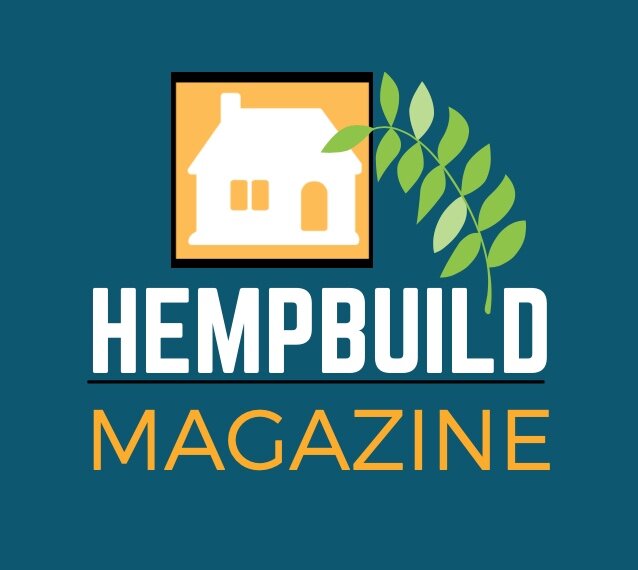Hemp Voices: Kirstie Wulf, Shelter Building Design
Kirstie Wulf serves as building designer for Hazelbrook, NSW- based Shelter Building Design.
I design mostly residential dwellings. I also promote hempcrete building, regularly speaking at conferences and panels. As a Passive House Certified Designer I have also designed the first hempcrete certified Passive House in the state of New South Wales. I am keen to combine hempcrete and high-performance buildings and have several other Hempcrete Passive Houses on the drawing board.
Ten years ago I built my own Hempcrete house, at a time when Hempcrete was just starting out in Australia. I come from a natural building background and chose hempcrete for its thermal properties, low embodied energy, vapor permeability and ease of building. My hempcrete home functions so well that it does not need mechanical heating or cooling. Hempcrete has so many positives that I can not help but want to spread the word and help others to build with this great material. We need to think carefully about the materials we use in our buildings for both our own health and the health of the planet, to reduce the energy used in both construction and running our buildings, and hempcrete can help us do that. I would like to see more hemp-based building materials be manufactured and available in Australia such as hemp insulation batts and hemp board products. Such a quick-growing natural product is an obvious choice to produce low embodied energy, high performance products.
What was a win for your company in the past year?
Our BAL FZ Hempcrete House was featured in Sanctuary magazine. BAL FZ is the highest bushfire rating in Australia and refers to buildings that in a bushfire may come into direct flame contact. Hence these houses need to meet the highest fire-resisting standards. Sanctuary Magazine focuses on modern green homes and is published by the not for profit Renew organization that promotes sustainable technology. Plus I presented on the BAL FZ Hempcrete house at the Bushfire Building Conference and generated a lot of interest in hempcrete for its fire-resisting properties as well as its thermal and other benefits.
What is something about hemp building/construction/processing you didn’t know a year ago?
There is a great Australian based website called the “Hemp Building Directory” which can be found at hempbuilding.au . I was involved in setting up the website last year and it has developed into the leading source of independent Hemp Building information in Australia. The idea behind the project was to link up builders, suppliers, contractors, designers and homeowners in the Hemp Building industry to help support the industry and make it easier for people to build with Hemp. The industry has come a long was in Australia in the last ten years and it is great that we have more local Hemp production and each year more and more Hemp houses are built as people come to see the benefits of Hempcrete.
What challenges does the hemp building industry face that it must overcome in the next five years?
In Australia and in NSW in particular we need more dedicated hempcrete installers and more builders experienced with and willing to take on hempcrete projects. It would also be good for hempcrete to be recognised in the Building Code of Australia. At the moment hempcrete buildings are approved under the Building Code of Australia as a “Performance Solution” which means for every build documents need to be provided showing that hempcrete meets the Performance Requirements of the code. The challenge is for hempcrete to become a mainstream building option.
Contact: info@shelterbuildingdesign.com.au

